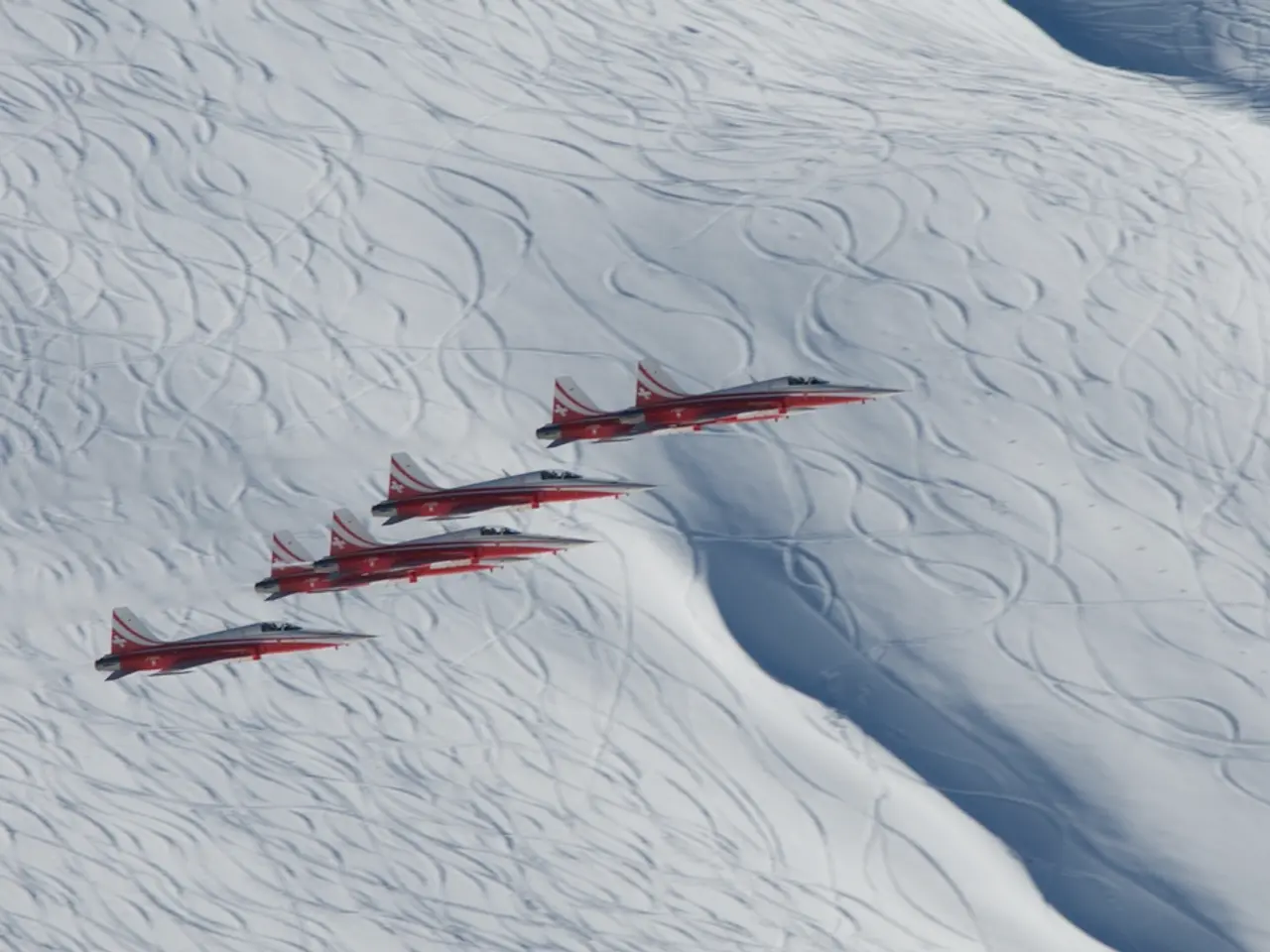Practical Advice for Operating Drones in Cold Weather Conditions
As the colder months approach, operating drones can present unique challenges. To ensure safe and successful flights, consider these key practices for winter drone operation.
Battery Performance
Cold temperatures can significantly reduce battery capacity and flight time. To maintain optimal battery performance, keep batteries warm before use, such as inside a jacket or insulated pouch. Monitor battery levels closely during flight and plan for shorter flight durations or bring extra charged batteries.
Visibility
Winter weather can cause low light, fog, snow, or glare that impair visibility. To maintain a clear view from a safer distance, use drones with high-resolution cameras and zoom capabilities. Always maintain a visual line of sight with the drone, and avoid flying in poor visibility or high winds.
Camera Settings
Adjust camera exposure and contrast to compensate for snow's brightness and reflective surfaces. Utilising drones with thermal imaging or enhanced zoom can help capture details despite winter lighting challenges.
Avoiding Ice Formation
Ice can form on propellers or drone surfaces, affecting aerodynamics. Minimise flying during precipitation, high humidity, or extreme cold when ice is likely. Inspect your drone before and after flights for any ice buildup and keep it dry and warm when not flying.
Safe Flight Practices
Flying a drone in fog or snow is not advisable due to the drone's poor response to high humidity and potential sensor issues. In cold weather, it is not safe to wait for the RTH function to kick in if the battery is depleted. Going below 20% battery is not recommended in very cold weather. Keep drones warm, either in a warm car or a well-insulated container.
Increasing the shutter speed of the drone's camera can increase exposure. Heavy fog or light snowfall may make it impossible to fly more than a hundred meters.
Additional Tips
Conduct flights with caution by moving slowly for detailed inspections, as used by utility workers inspecting infrastructure in winter. Utilise drones with intelligent flight assist features like collision avoidance and automatic return-to-home in case of low battery or disconnection to enhance safety. Use weather-resistant or waterproof protective gear for your drone and camera backpack to protect your equipment from snow and moisture.
In summary, maintain battery warmth and monitor level closely, use high-quality camera settings and imaging capabilities, ensure good visibility conditions, avoid ice formation by flying in safer weather, and leverage intelligent drone features designed to enhance winter flight safety.
- Drone technology, with its high-resolution cameras and zoom capabilities, can help maintain a clear view during low visibility winter conditions.
- To prevent battery issues in drone technology during cold weather, it's essential to keep batteries warm before use and monitor battery levels closely during flight.




